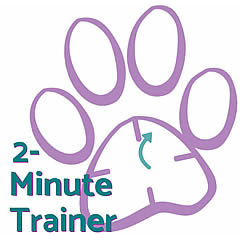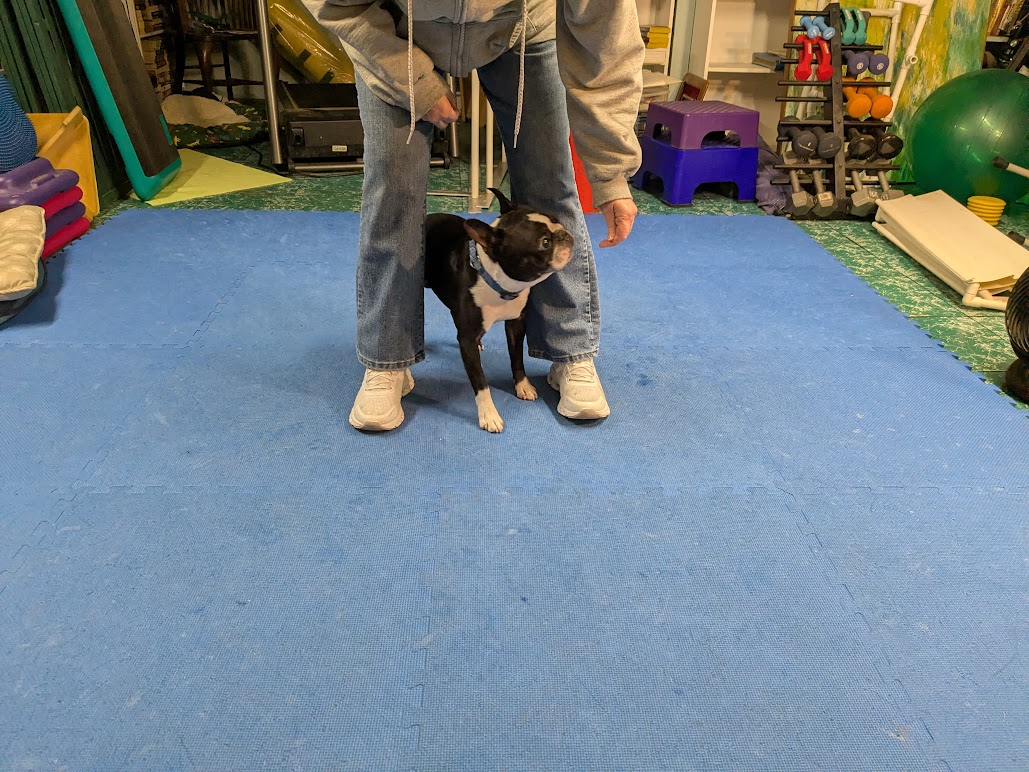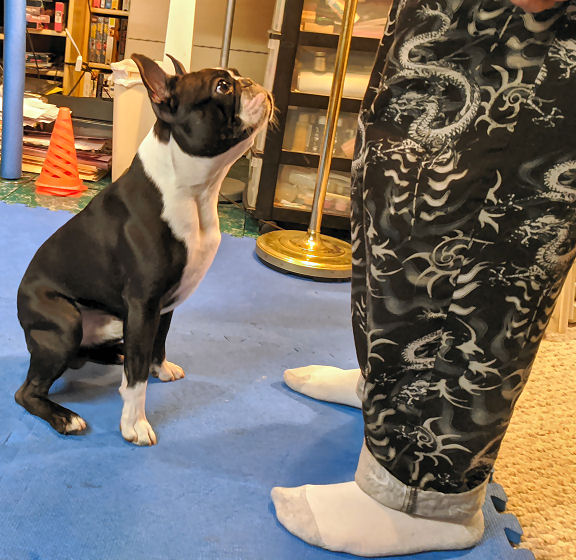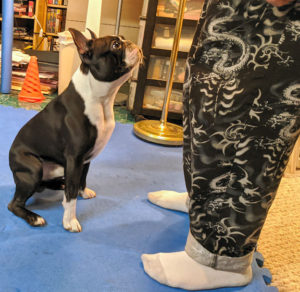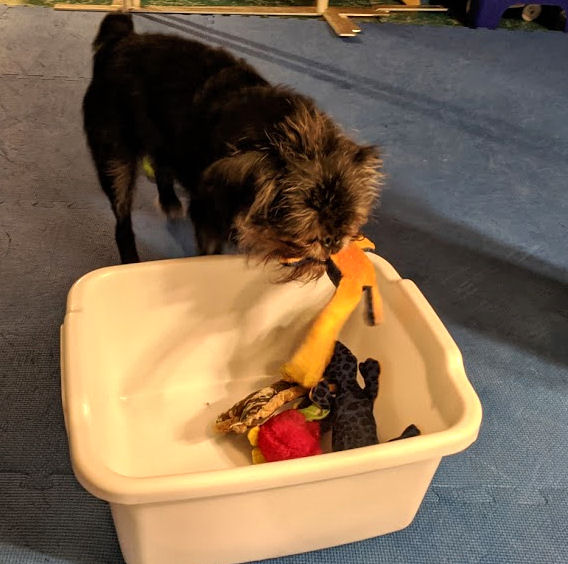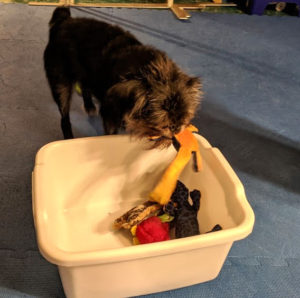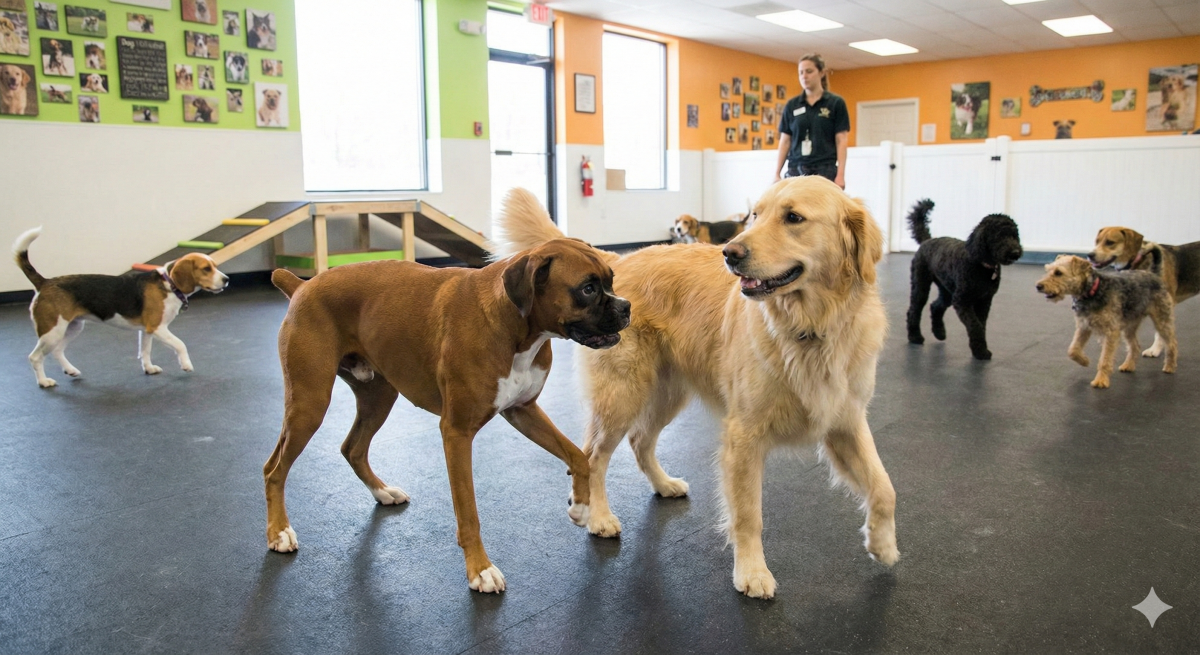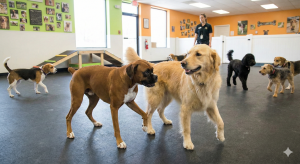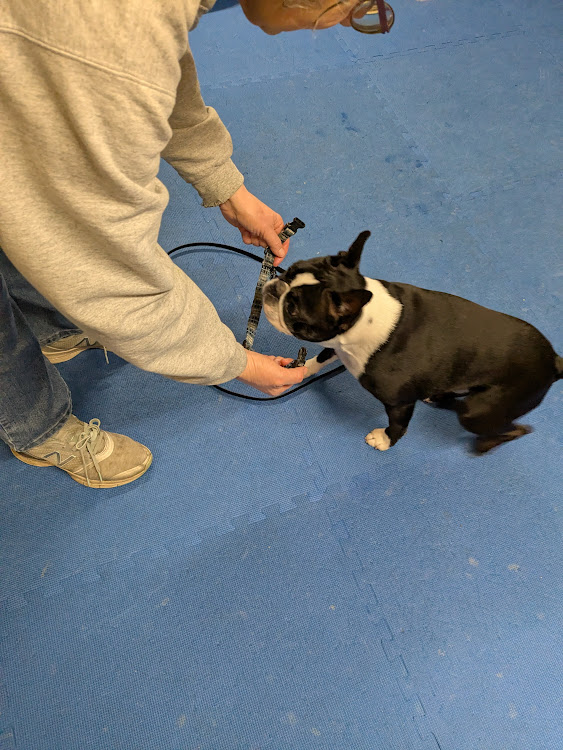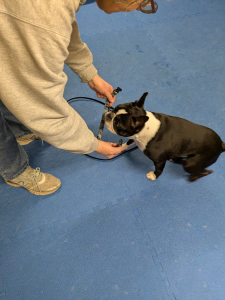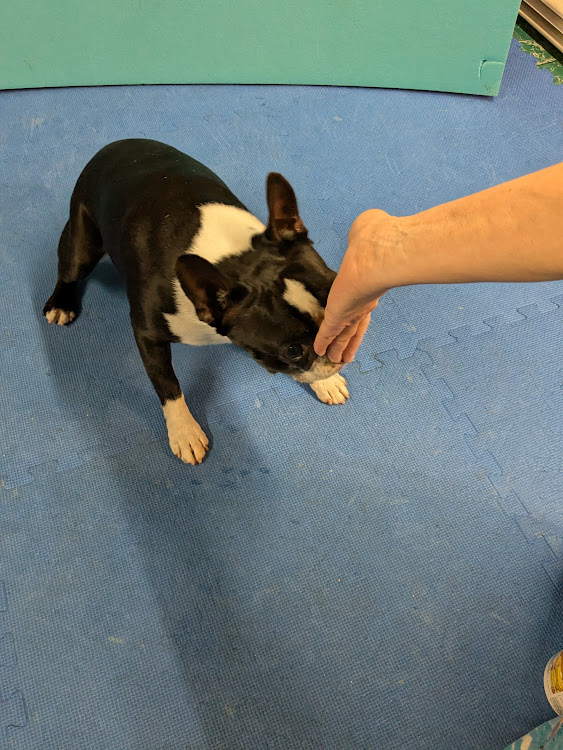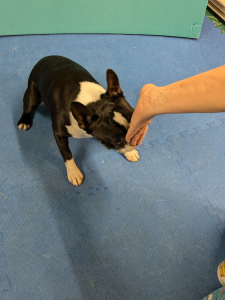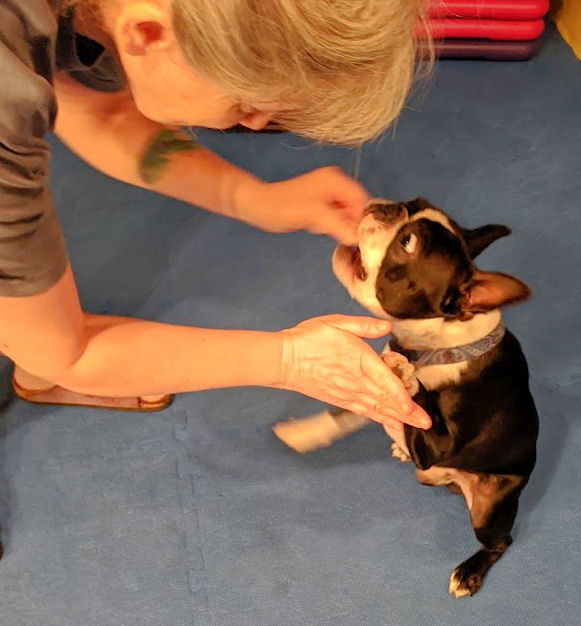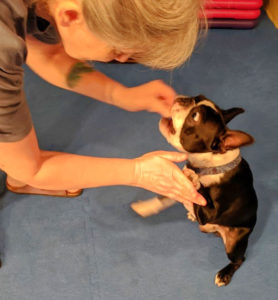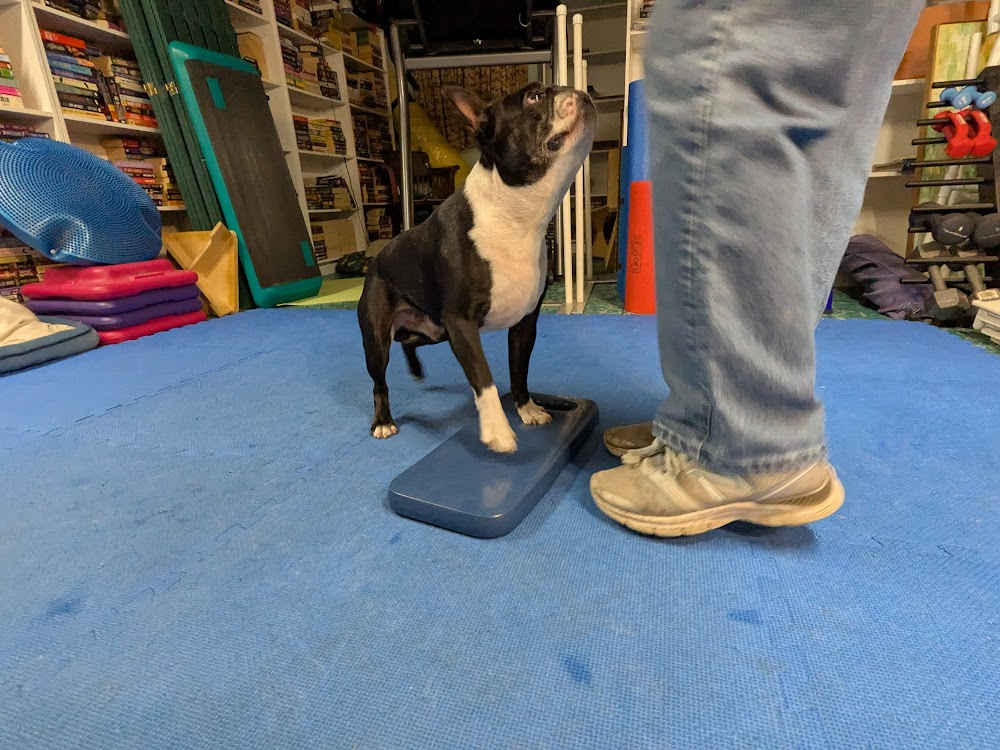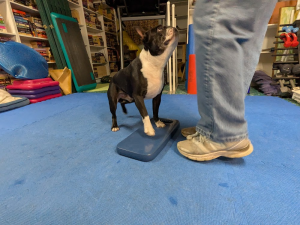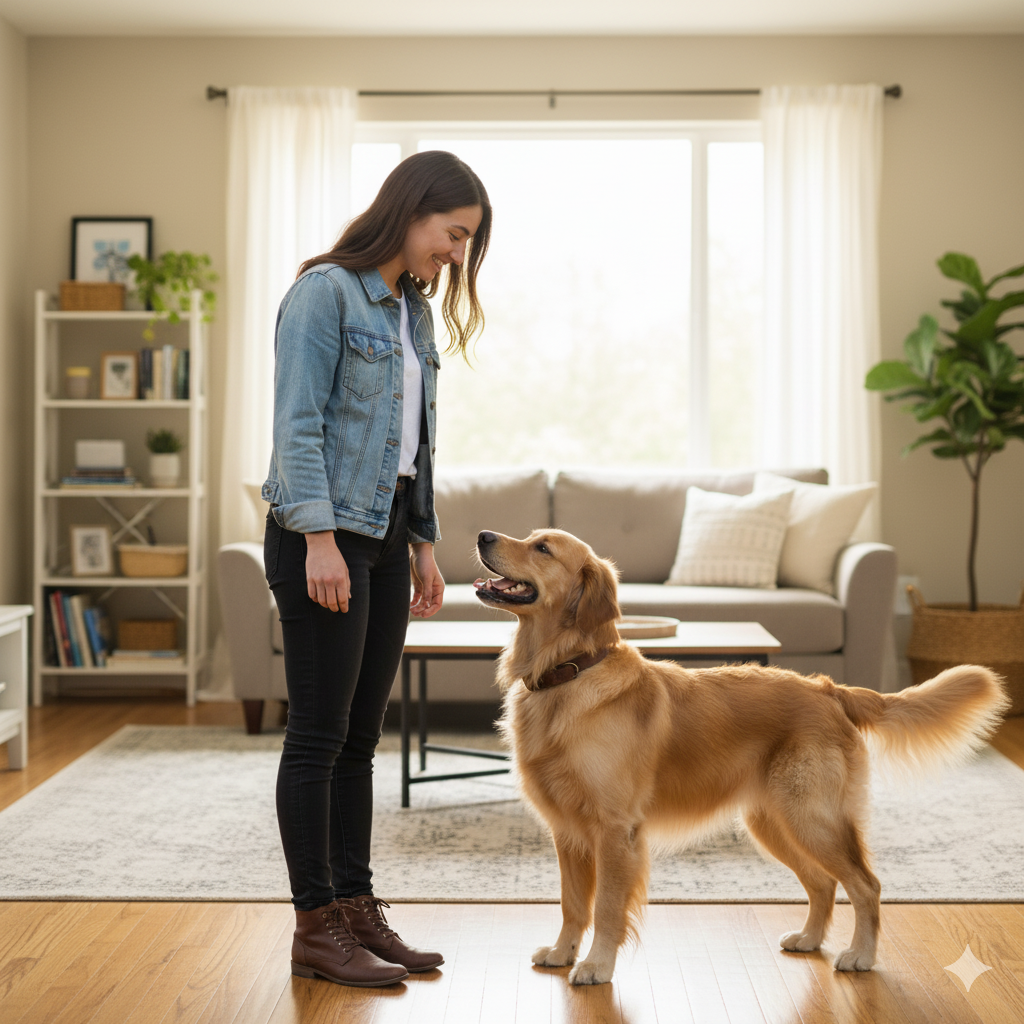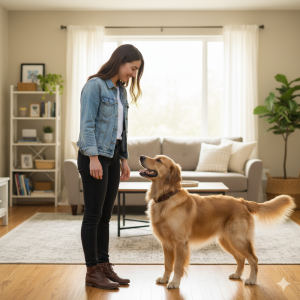If you’re not having fun, you’re doing it wrong!
21st century dog training means having fun with your dog. If you’re not having fun, you’re doing it wrong! Dog training games are best for training, learning, and enjoying time with your dog.
Everybody, including your dog, learns better when they enjoy it! Fast, fun dog training games are the most effective way to teach your dog anything. From house-breaking to the showiest tricks, games are the way to go.
Your future with the 2 Minute Training Method
We’re Hope and Fran, creators of the 2 Minute Training method. We’ve developed this method so that in short bursts of training your dog will learn what’s expected of him and make good choices. Instead of a rowdy hooligan, he’ll be a joyful part of your family. Instead of having to lock the dog up when company arrives, he’ll be an integral part of the conversation. Your dog will no longer pull your arm out of the socket on walks. He’ll sit nicely for treats.
Sound too good to be true? It’s not!
This miracle won’t happen overnight, but it will happen, and it won’t be a miracle!
You”ll both practice to make it happen, and you’ll have such a good time you’ll want to do more.
Who we are
How do we know? Because we’re training our own dogs this way. Not traditional “most intelligent” dogs. Not Golden Retrievers. Not Border Collies. Not even Papillons or Pomeranians. These are dog breeds that are among the “smartest” and “most trainable.” Nope – Hope has a French Bulldog. Fran has a Brussels Griffon and two Boston Terriers. Not breeds you expect to see in the Obedience ring, and yet they’re advancing nicely in competition.
We also train fun stuff the same way – like “crawl,” “roll over,” and “sit pretty.” Even training the dogs to put their toys away!
Just short chunks of time. Maybe a few times a day. During commercial breaks in the evening. Or just one session before work.
Have fun with your dog!
It’s fun. We look forward to our short training sessions, and we know you will too.
